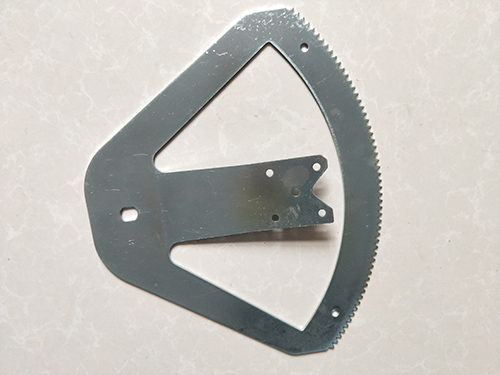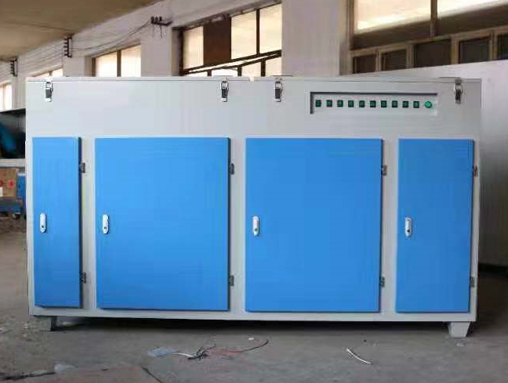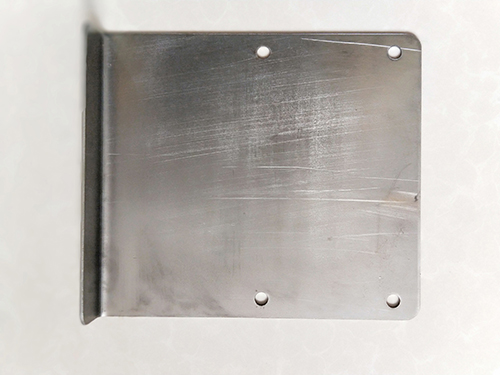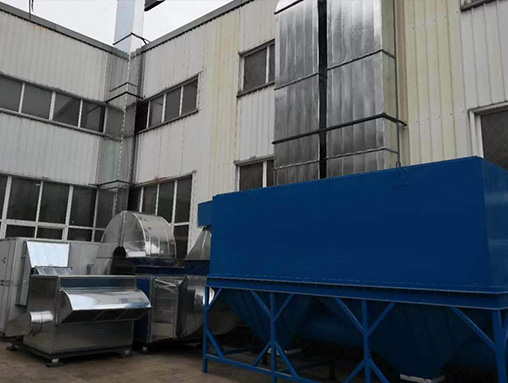Control of the Basic Process and Process Development Process of Metal Stamping P
(1) The four basic processes of stamping technology in automobile manufacturing, stamping technology, require the application of different manufacturing processes in order to achieve the specifications and requirements of stamped parts. It can be roughly divided into the following categories: 1. Basic process skills in stamping stamping stamping parts; The basic processes in production technology include four types: local forming, bending, punching, and stretching. The punching process in stamping technology can separate sheet metal; The process in which sheet metal can form an angle through stamping is called bending; The process of processing sheet metal into hollow parts based on the shape of the die for further manufacturing is called stretching; The process of local forming is the process of local plasticity through stamping technology. 2. The separation process and forming process are the processes of separating and forming materials according to their characteristics. Separation process: The material undergoes significant deformation due to the force of stamping, resulting in material fracture and separation. The separation process can also be divided into cutting process, punching process, and material dropping process, etc. Their purpose is to divide the stamping process with the realization of the sheet metal during stamping. Forming process: It is a material that undergoes plastic deformation and other processes when the raw material is subjected to impact pressure, and finally becomes a qualified part in the specification standards. The forming process of stamping workshop includes necking process, flanging process, bending process, etc. Its purpose is to enable materials to undergo plastic deformation, modification, and bending processes without being damaged, and ultimately become stamped parts under required conditions. (2) The control of the process of automotive stamping parts is a complex project involving numerous links, which requires the control of the entire process to ensure the quality of the final stamping parts. 1. The accuracy control of publishing numerical models and design drawings involves three types of numerical models for the automotive stamping process, namely the body numerical model, the mold casting numerical model, and the NC numerical model. The three types of numerical models are important basis for the entire stamping process, and the accuracy of the numerical models is crucial. Therefore, it is necessary to control the accuracy of the release and design drawings of the logarithmic model, repeatedly verify the logarithmic model structure, and check whether there are errors in the collected data and the relationships between the data. If there are errors, strict debugging and detailed verification are required. Only in this way can the logarithmic model have a beneficial effect on the entire process. 2. Design drawings for sex control stamping parts; The design of mold drawings directly determines the quality of mold manufacturing. If the mold quality is not up to standard, it will lead to a significant waste of human and material resources. In addition, the design of mold drawings will not bring a lot of difficulties to later modifications, so the review of mold design drawings is particularly important. During the verification process, 3D simulation technology can be used to demonstrate the effectiveness of the design drawings in presenting the mold, to judge the rationality and suitability of the mold structure and material selection, and to verify whether the mold performance can achieve the expected goals. This lays a solid foundation for the feasibility of the drawing design and lays a solid foundation for future work. 3. The quality control of mold debugging is particularly important before the automotive stamping parts mold enters the mass production stage, and the debugging work of the mold should be done well. Specifically, during the debugging process of the mold, each link needs to be controlled, including the mold structure, operation mode, mold coordination, mold degree, etc. The details of the entire debugging process are extremely important and should be as detailed as possible. Once a problem is found in each step of the debugging process, regardless of its size, every effort should be made to solve it in order to ensure the effectiveness of stamping mold debugging. After entering the mass production stage, stamping molds can continue to work stably and avoid quality problems as much as possible. In summary, the process flow of automotive stamping parts is a complex and systematic engineering, with diverse and complex procedures and high technical content. Therefore, in order to achieve the rationality of the automotive stamping process, it is necessary to control every link in the process, in order to achieve quantitative production and improve the quality of automotive stamping parts throughout the entire process. This plays an important role in promoting the orderly development of China's automotive processing and manufacturing industry.







